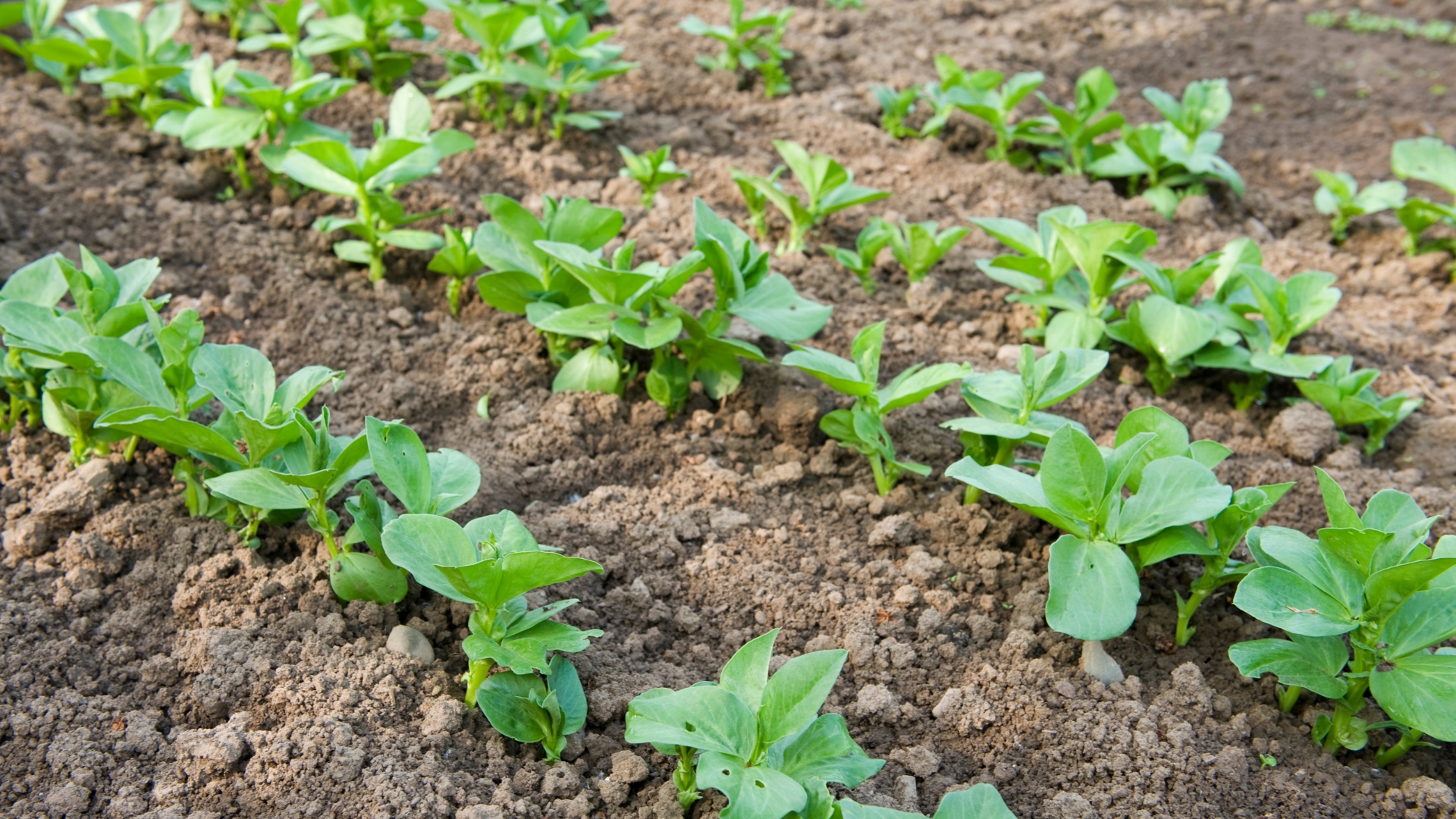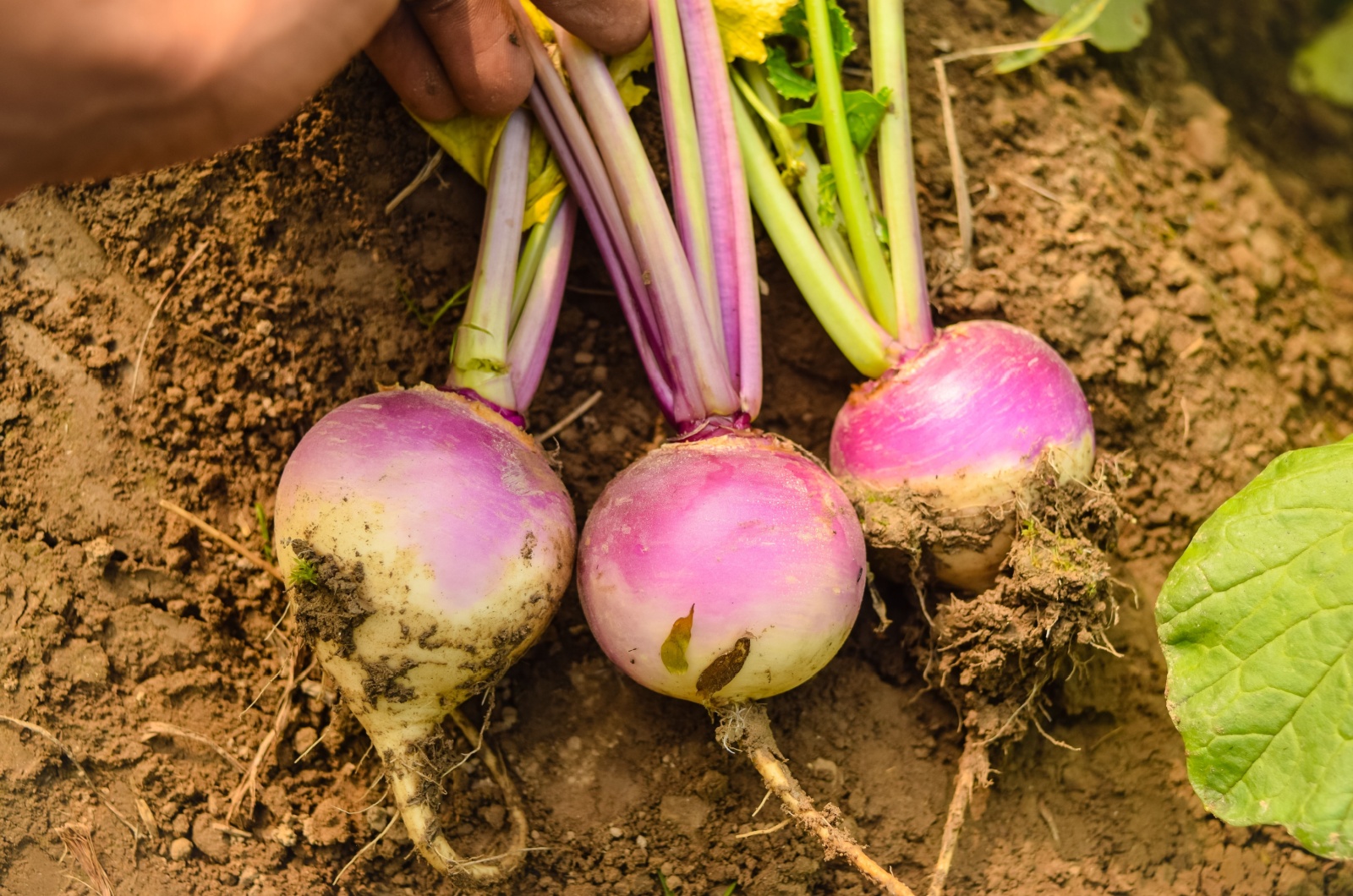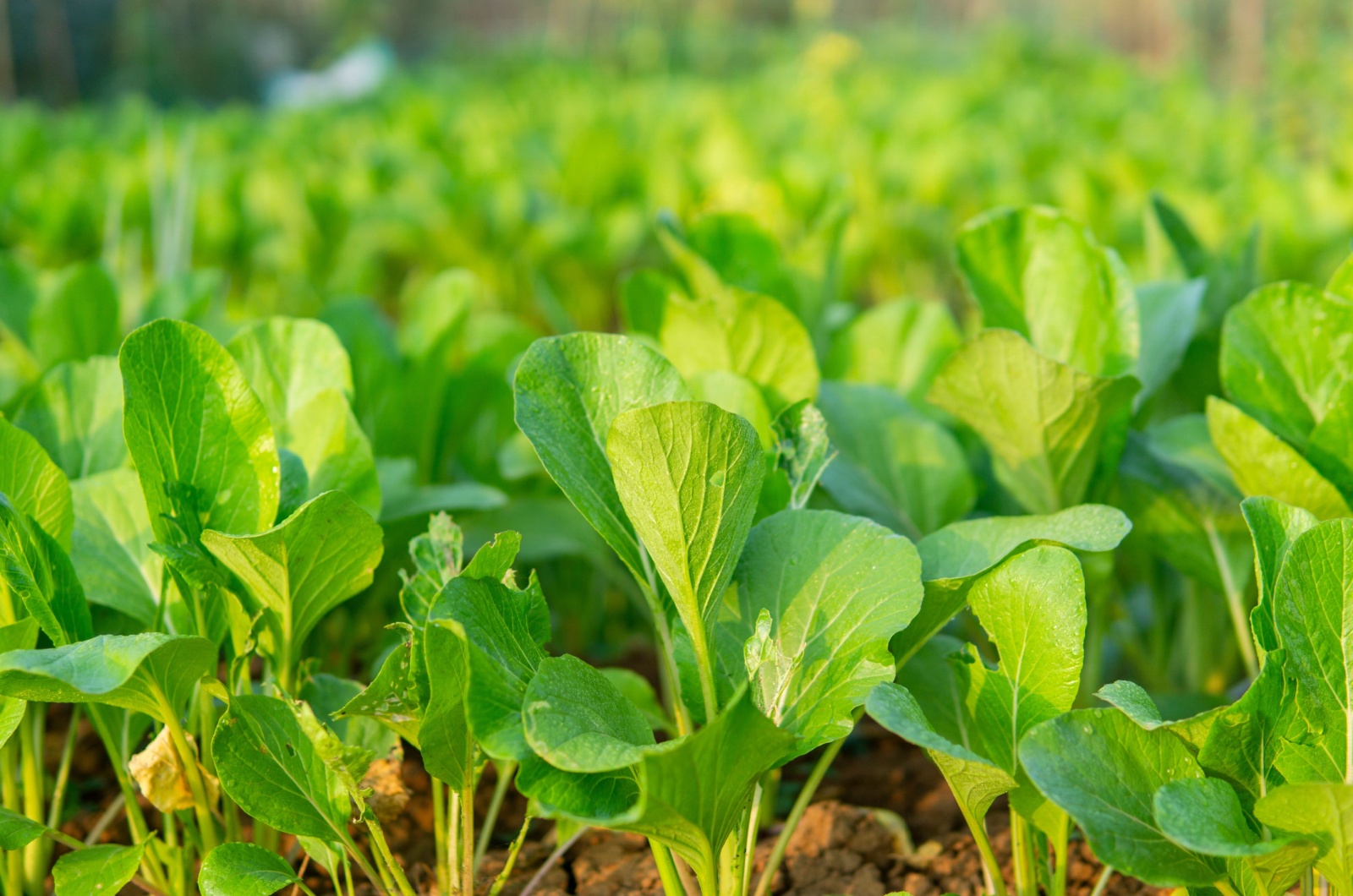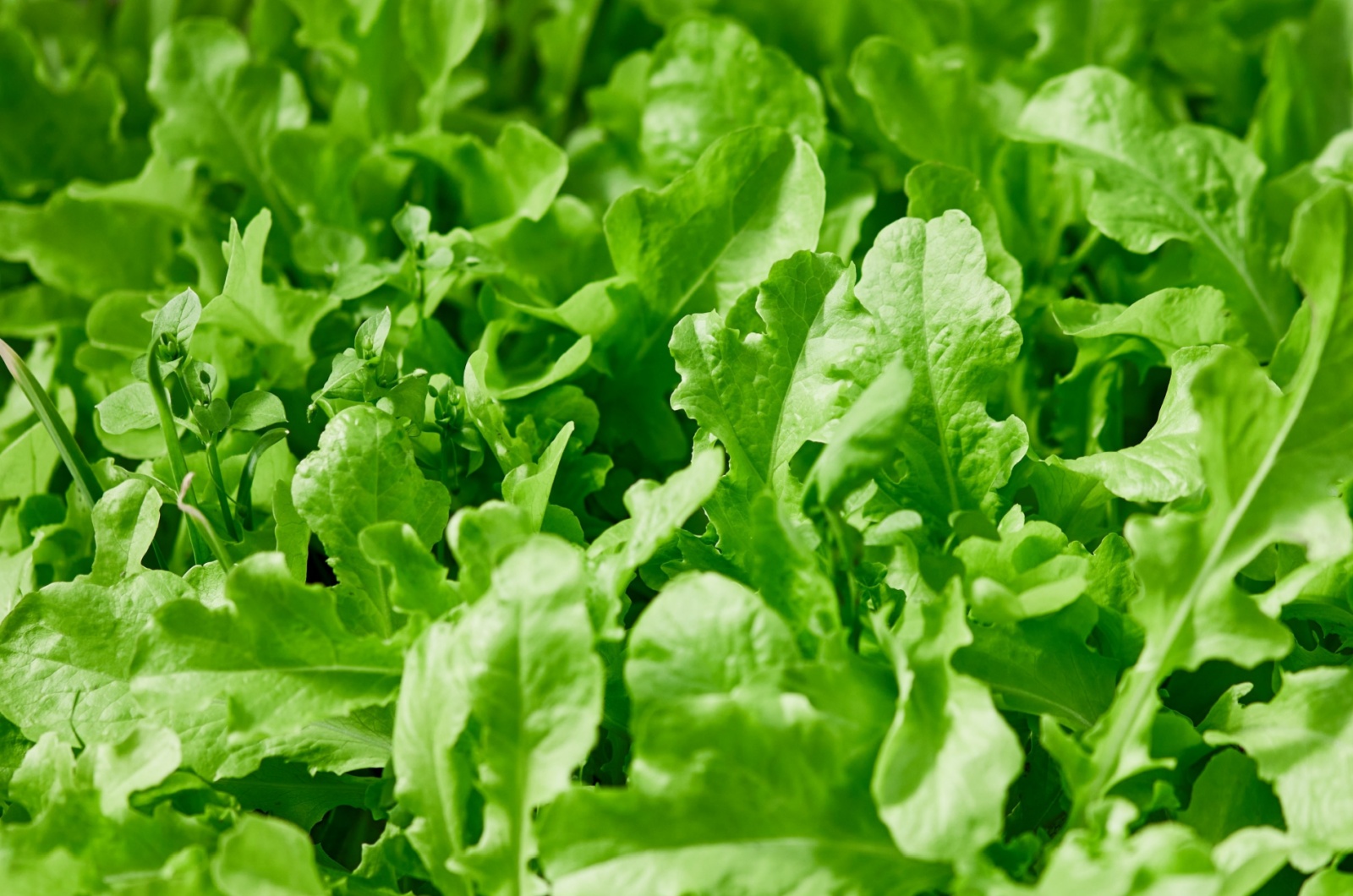What’s your first thought when someone mentions a fall garden? Let me guess: harvesting veggies planted during summer.
That was exactly what I thought a few years ago, until I discovered vegetables that can thrive perfectly if planted in September.
Now I have fresh homegrown crops throughout the cooler months without a greenhouse. Sounds amazing, right?
So, instead of finishing all your garden chores this September, plant these veggies and prolong the season!
1. Harvesting Garlic In Early Spring Is Possible!
My garlic performs best when planted in September. The shoots typically appear before the fall officially begins and they keep developing throughout the winter.
But make sure you plant your garlic correctly. Always make sure you put the cloves about an inch deep and leave 10 inches of space between each clove.
Garlic does best in fertile soil with excellent drainage.
If you want an abundant harvest, I highly recommend choosing garlic varieties for fall.
2. Christmas Table With Fresh Turnips? Yes, Please
Fast-growing veggies, such as turnips, are perfect for impatient novice gardeners. The great news is that you can plant these delicious crops in September.
Cool and moist conditions are ideal for turnip development and you’ll have some baby veg to harvest in 6 weeks. How remarkable!
The taproots need more time to develop fully but don’t worry, you’ll have mashed turnips on your Christmas table!
3. Some Varieties Of Peas Adore Cool Temps
Some may find this surprising, but peas make a perfect early crop. Yes, some varieties are, indeed, sensitive to cool temperatures but there are a few that thrive in such conditions.
I always grow Douche Provence and Meteor and I must tell you, their temperature tolerance is remarkable!
Make sure to add a lot of compost or well-aged manure into the planting hole.
4. Give Your Broad Beans A Great Head Start
A few years ago, my spring-planted broad beans were performing poorly and I got very few crops to harvest.
Then I switched to fall planting, i.e., September planting to be more precise. And the results were fantastic!
My broad beans are super strong and healthy when the growing season begins and my harvest is abundant and begins earlier.
If you live in cooler regions, I recommend covering your broad beans with fleece to protect them from hard frost or snow.
5. Salad Leaves Aren’t For Summer Only
There’s no need to wave goodbye to delicious salads made from homegrown crops. These are pretty sensitive veggies, even in summer, so you’ll need to find a sheltered spot outdoors.
If you can’t find such a location, you can always start these veggies in pots. Winter salad mixes and mustard green are resilient and will grow perfectly during the fall.
My favorite lettuce varieties for cool weather are Little Gem and Lamb’s Ear lettuce.
6. Don’t Forget Arugula
The last veggie on our list is the super delicious and easy-to-grow arugula. What I especially like about arugula is that it tolerates different light conditions, so any bare spot in your garden will work.
Make sure the soil is loamy, moist, fertile, and quick-draining for your arugula to thrive.
You shouldn’t plant your arugula where your brassicas grew last season because pests and diseases might attack it.
That’s all, folks! Use the opportunity to start these plants in September and enjoy some of your favorite veggies throughout the winter or harvest them as soon as spring arrives!







